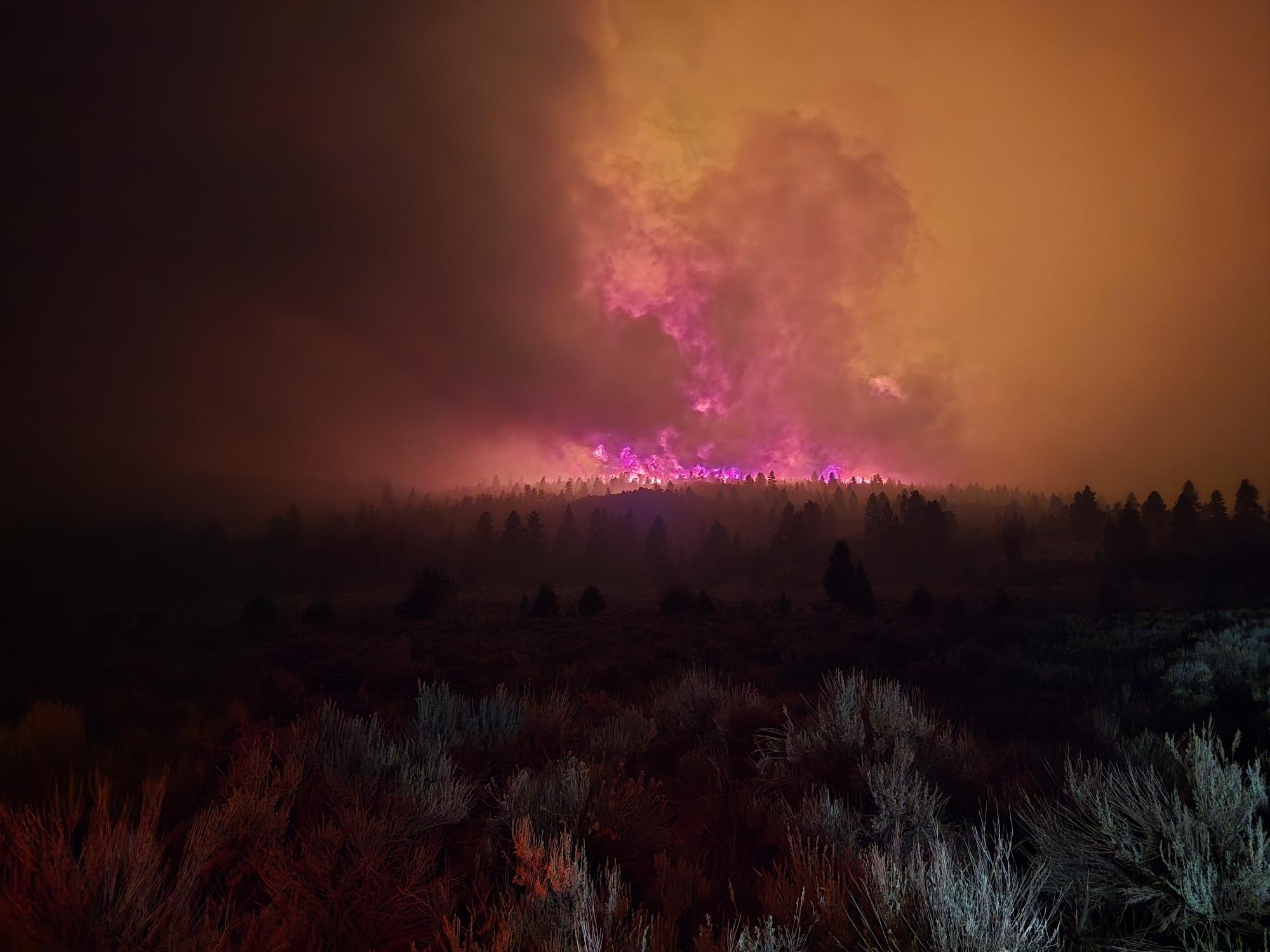What we’re watching: Weekly disaster update, June 23

We know all too well that disaster can strike anytime, anywhere in the world. Some disasters make headlines; others do not. Here at the Center for Disaster Philanthropy (CDP), we monitor the status of disasters worldwide and compile a list of the ones we’re tracking weekly, along with relevant disaster-related media coverage.
Here’s what we’re watching for the week of June 23, 2025.
New or Emerging Disasters
Tornadoes – North Dakota: On Friday, June 20, a line of supercell thunderstorms, as well as a derecho, caused multiple tornadoes in southeast North Dakota. Storms cut power to over 25,000 customers and caused widespread damage and three fatalities. Wind speeds reached 114 mph. Governor Kelly Armstrong declared a state of emergency on Saturday, June 21.
Severe weather – New York: Flash flooding, winds up to 105 mph and a tornado ripped through central New York on Sunday, June 22. Three people died, including two children, after trees fell on two homes. In Oneida County, 30,000 customers were left without power. Governor Hochul declared a state of emergency following the storm.
Wildfire – Utah: Lightning caused a wildfire in southern Utah that has burned 5,600 acres so far, with wind gusts of up to 50 mph fueling the flames. The Forsyth Fire has destroyed at least 14 homes and forced 500 people to evacuate. The fire is 0% contained as of June 23.
Heat wave – Multiple countries: The U.S., France, the U.K. and parts of Northern Europe are experiencing an extreme heat wave lasting several days.
In the U.S., a heat dome encased parts of the central U.S. and East Coast, with temperatures 20 to 20 degrees above average, and heat indices over 100 degrees F.
In Europe, temperatures range between 93 and 100 degrees F. The U.K. is projecting approximately 570 excess deaths from the current heat wave.
Previous or Ongoing Disasters
Disease outbreaks – United States: As of June 19, there have been 1,219 measles cases in 2025, reported in 36 states. There have been 23 outbreaks of measles so far this year and two fatalities – for comparison, there were 16 total in 2024 with three confirmed deaths.
Disease outbreaks – Multiple countries: Parts of Africa are grappling with dual outbreaks of cholera and mpox. The Democratic Republic of Congo (DRC), Burundi, Sierra Leone and Uganda have reported the rapid spread of mpox, accounting for 94% of the continent’s total cases.
The disease has spread to previously unaffected areas, and WHO Director-General Tedros Adhanom Ghebreyesus announced that mpox would remain a Public Health Emergency of International Concern (PHEIC). Despite some progress, the vaccination rate is only at 10%.
Meanwhile, cholera has devastated Angola, DRC, Sudan and South Sudan, recording 85% of all cholera cases on the continent and 92% of deaths from the disease. A lack of access to safe water and sanitation is fueling the spread of cholera, with children bearing nearly half of all cases and 37% of all deaths.
Critical gaps in vaccinations, surveillance and sanitation are exacerbating both disease outbreaks, partly due to widespread poverty, political conflict and funding cuts.
Complex Humanitarian Emergencies – The Sahel Region
When a country experiences political conflict, climate shocks, famine, economic challenges or other conditions, it may suffer a complex humanitarian emergency (CHE). CDP maintains complete profiles on several CHEs. Every week, we highlight these and other CHEs hoping to build awareness and philanthropic response.
The Sahel region is facing an unprecedented food security crisis, with millions at risk of hunger and malnutrition due to conflict, climate change, displacement and insufficient humanitarian funding.
- Over 52.7 million people in the Sahel and West Africa are projected to experience acute hunger by August 2025.
- In Central Sahel countries (Burkina Faso, Mali, Niger, Chad), an estimated 3.4 million people are projected to face emergency food insecurity (IPC Phase 4), and 2,600 people in northern Mali are at risk of catastrophic hunger (IPC Phase 5) between June and August 2025.
- Around 3 million people are internally displaced in the region, with hundreds of thousands more seeking asylum in neighboring countries, further straining limited resources.
- Ongoing violence by non-state armed groups, especially in Burkina Faso, Mali and Niger, has led to mass displacement and restricted humanitarian access, trapping millions in besieged areas without aid.
- Irregular rainfall, droughts and recurrent flooding continue to undermine agricultural production, with over 90% of Sahelian farmers dependent on rain-fed agriculture.
- The global economic downturn and rising food and fuel prices have reduced household purchasing power, compounding the effects of local crises.
Humanitarian operations in the Sahel are chronically underfunded. UNHCR reported a 78% funding gap for its 2025 Sahel emergency response, and WFP urgently needs $620 million to maintain operations through August 2025.
What We’re Reading
- Almost half of the U.S. affected by climate driven heat wave – Climate Central
- Word jumble: When nonprofits talk fancy, America tunes out – The Chronicle of Philanthropy
- After the smoke clears, a wildfire’s legacy can haunt rivers for years, putting drinking water at risk – The Conversation
A moment of hope… The co-operative business model began in 1840s Britain when the Rochdale Pioneers, a group of artisans and weavers, established a co-operative to provide affordable, quality food and improve community well-being amid economic hardship and public health crises, like cholera.
This pioneering approach, based on collective ownership and shared profits, quickly spread, and today the global co-operative movement encompasses around 3 million co-ops with 1.2 billion members, employing 280 million people worldwide.
Modern co-operatives, such as Shared Interest, empower marginalized communities—especially smallholder farmers—by fostering solidarity, collective bargaining and resilience against challenges like climate change and market exploitation.
